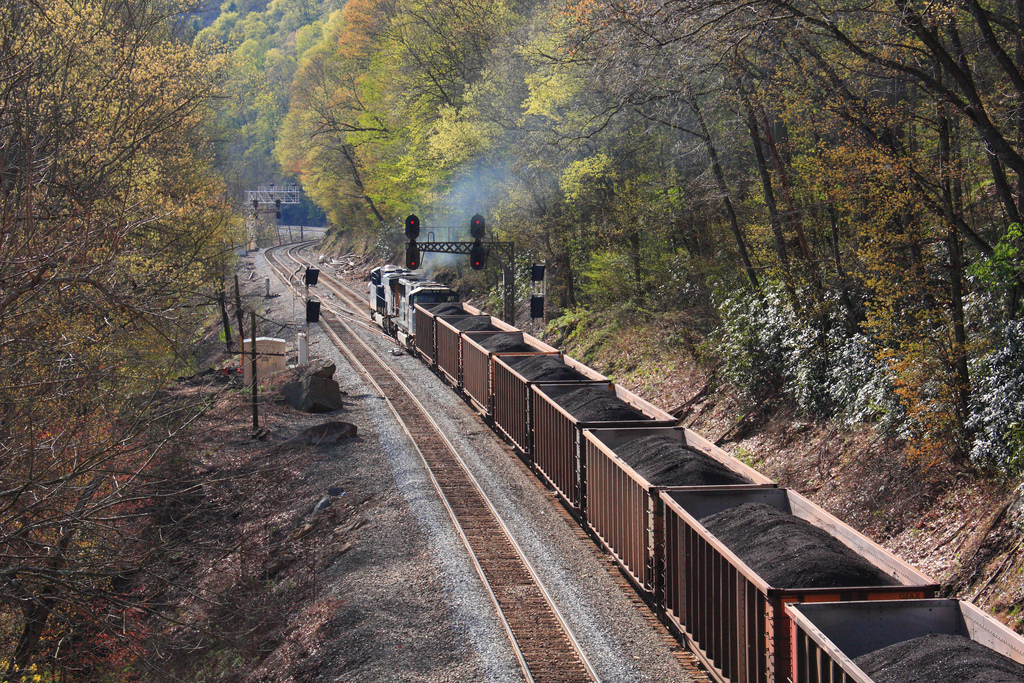Yesterday was a big day for policy geeks in Washington, DC—the annual release of the President’s proposed federal budget for next year. As reporters and analysts alike pore over the numbers and talking heads comment on the political headwinds, it’s clear that addressing climate change remains a major part of the President’s agenda. It’s also worth emphasizing that the president is making a coordinated and focused effort to invest in coal mining communities. Here’s how.
Much needed funding
It’s exciting to see these investments in the president’s budget and to highlight the need for economic diversification, as many of us have worked for some time to raise the importance of addressing this problem.
As reported by Ken Ward at the Charleston Gazette, President Obama is seeking $55 million to help the Appalachian coalfields. The budget proposal specifically recognizes that coal miners “have kept the lights on in this nation for generations.”
The President’s budget recognizes that there are a variety of existing federal programs that support workers. The initiative, the POWER Plus Plan, or Partnerships for Opportunity and Workforce and Economic Revitalization (POWER), is slated to build on existing programs during FY 2015 and expand in FY 2016, which begins in October. POWER Plus calls for targeted funding for workforce development programs at federal agencies, strengthening the health care and pension plans that support over 100,000 retired miners, support for abandoned mine land (AML) communities, and deployment of carbon capture and sequestration (CCS) technology.
Specific requests
The President’s budget request includes:
- $20 million to support workers laid off from coal mines and coal-fired power plants, through the Department of Labor’s Dislocated Workers National Reserve
- $25 million to the Appalachian Regional Commission (ARC) to be directed to economic development in coal communities, including developing entrepreneurs, facilitating access to capital, and addressing infrastructure barriers, like lack of broadband access
- An increase of $8 million in the Department of Commerce’s Economic Development Administration, including $6 million directed toward regional innovation efforts
- $5 million in EPA brownfield grants to communities facing the closure of coal-fired power plants
- $12 million in grants and $85 million in loans, both in the USDA’s Rural Economic Development program, targeted again at coal communities facing a downturn in the industry
- Important changes to the calculation of how much money is deposited into the UMWA 1993 Health Benefits Plan, reflecting current enrollment in the plan as well as those retirees who lost health coverage as a result of bankruptcy filings
- Funding to ensure the long-term solvency of the 1973 UMWA Pension Plan and Trust
- $1 billion over 5 years, or $200 million per year, for restoring old mine sites and polluted water while promoting sustainable economic development, using unappropriated balances of the AML Trust Fund
- Two new tax credits to encourage deployment of CCS, including $2 billion in refundable tax credits to both new and existing power plants that employ CCS
Now what?
The president’s budget now goes to the Congress, which makes the final decisions on federal spending. As with anything in this hyper-partisan environment, the proposal is sure to be met with resistance from opponents in Congress. We will be working hard to ensure that leaders on both sides of the aisle recognize that this request is fair and reasonable.

